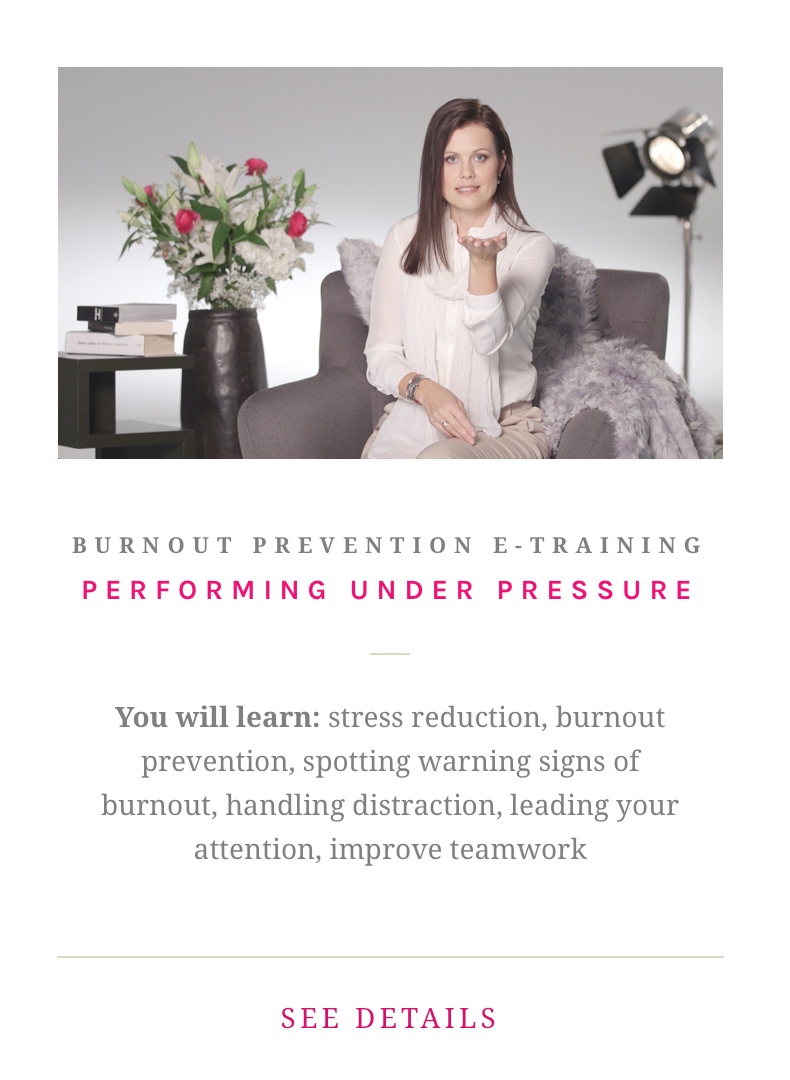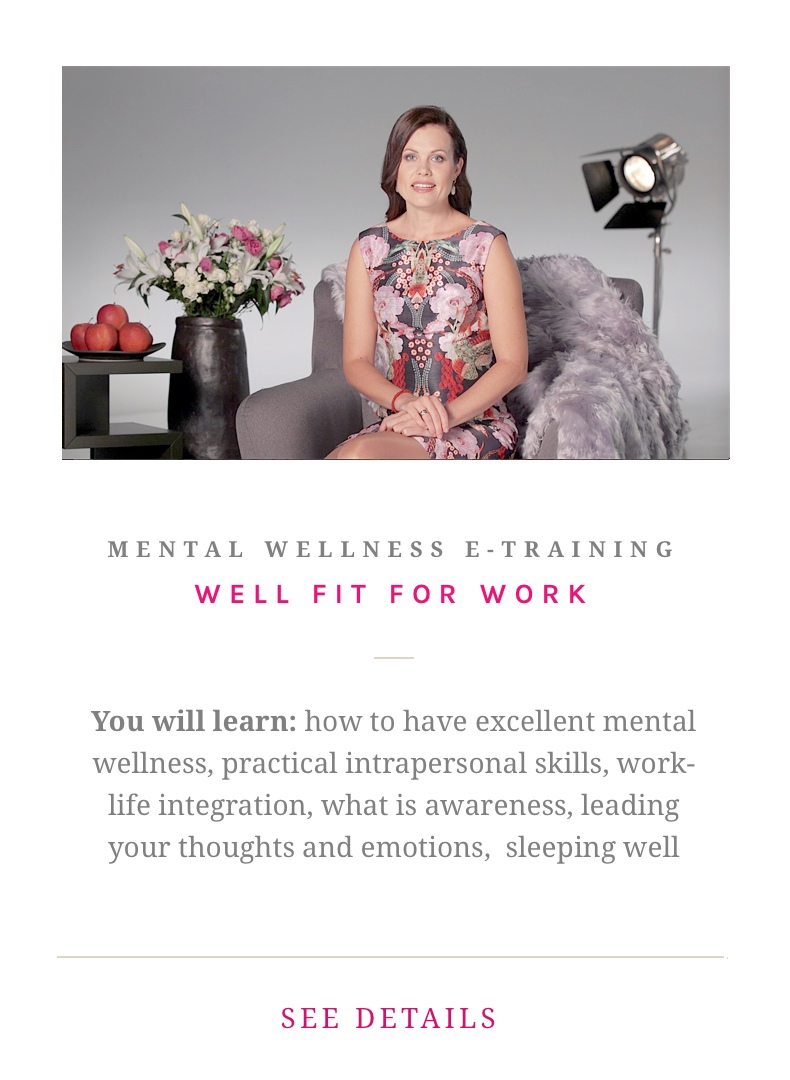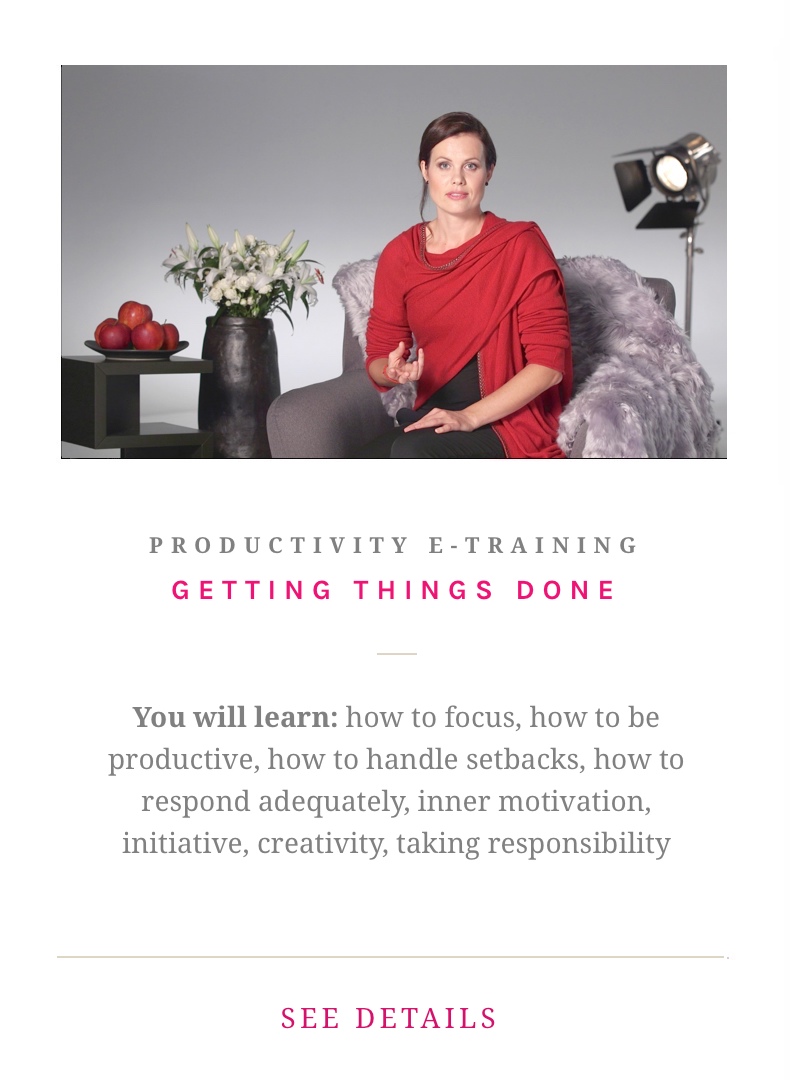Managing Anxiety at Work: 7 strategies for dealing with anxiety
Anxiety and anxiety disorders are terms used to describe a range of mental health conditions that are characterized by excessive restlessness, worry or nervousness and driven by fear.
Focusing on anxiety for this year's Mental Health Awareness Week in the UK is aimed at increasing people's awareness and understanding of anxiety and providing information on preventing anxiety disorders.
Why does it matter?
In the UK, over 8 million people are experiencing an anxiety disorder at any one time (source: Mental Health UK). With up to 73% of employees experiencing some signs of anxiety, proactively managing employee mental wellness must be at the forefront of any successful workplace health and employee engagement strategy.
Anxiousness vs anxiety
Anxiousness is a normal human emotion; it is experienced by everyone from time to time, especially when meeting unexpected changes or reacting to stressors. Feeling anxious is just a warning sign, and when you notice the warning, anxiousness has completed the job and should fade.
In small amounts, anxiousness replaces awareness/consciousness and can help people to become more alert, focused, and ready to respond to a potential threat. However, when anxiousness becomes excessive and overtakes your mind, it will interfere with your ability to address situations rationally.
Anxiousness represents an emotional state of unease or apprehension about the future, often accompanied by subtle physical symptoms such as restlessness, tension and fatigue.
Anxiousness alone isn't a symptom of anxiety and represents a typical emotional response to uncertainty and stressors until it doesn't become excessive. When anxiousness is no longer a subtle warning but a constant state, it often turns into anxiety disorders.
When stress and anxiousness remain unreduced, a downward spiral often follows. That is why learning intrapersonal skills is important, as it provides you with inner tools to spot and deal with anxiousness before it turns into excessive levels of anxiety.
Anxiety should be seen as a more constant state than the subtle feeling of anxiousness. However, anxiety also needs to be differentiated from anxiety disorders that take away your freedom to experience a healthy life.
In March 2023, the Mental Health Foundation in the UK worked with Opinium to conduct an online survey of 6,000 UK adults aged 18+ to look at anxiety in the UK population, its causes, and popular coping mechanisms. It was discovered that 73% of the people had felt anxious at least sometimes in the previous two weeks, with one in five people (20%) anxious most or all of the time.

Some groups of people are more likely to be affected by anxiety than others. Nearly all young people (18 to 24 years) in our research (86%) had felt anxious in the previous two weeks.
Excessive levels of anxiety combined with a lack of ability to deal with automatic stress reactions within your mind will often lead to an anxiety disorder. Overreactivity to external triggers is the primary problem, as we lack intrapersonal education.
Anxiety disorders
While anxiety and anxiousness are directly related, anxiety disorders represent a severe and pervasive form of anxiety that starts to significantly impact a person's daily life and requires treatment and therapy.
Anxiety disorders are a group of mental health conditions characterized by excessive and persistent worry, fear, or apprehension that is frequently accompanied by physical symptoms such as sweating, trembling, unease, excessive worry that seems beyond your control and rapid heart rate.
Anxiety disorders can be divided into various categories, including Generalized Anxiety Disorder (GAD), Panic Disorder, Social Anxiety Disorder, Health Anxiety Disorder, Obsessive-Compulsive Disorder (OCD) and Panic Disorders. Besides those, there are also Post-Traumatic Stress Disorder and ADHD (Attention Deficit Hyperactivity Disorder), which frequently include various aspects of anxiety.
All anxiety disorders display physical symptoms such as elevated heart rates, fainting, shaking of the body, trouble keeping normal, relaxed breathing, etc. But certain anxiety disorders may also be experienced as physical symptoms first and then be traced back to the anxiety related to those symptoms.
Anxiety can have a significant impact on how a person interacts with the world around them. It can lead to social withdrawal, decreased productivity, reduced quality of life, and cause avoidance behaviors. Thus, it can make it difficult to maintain good interpersonal relationships, to notice actual situations objectively, and conduct work activities independently.
This is why being able to notice your inner processes and warning signs matters. What you observe, you can change.
Anxiety disorders typically affect a person's ability to function in daily life, including at work.
Strategies for dealing with anxiety and anxiety disorders at work
Here are 7 strategies for dealing with anxiety and anxiousness disorders at work:
- Notice your anxiousness and don't let this warning sign turn into anxiety. Workplace-wide proactive mental wellness training is here the best solution, as we all need to manage our inner processes. When you meet anxiousness often, learn practical intrapersonal skills, as knowing your inner processes will allow you to spot them and deal with them.
- Manage your workload, especially when anxiety appears. The excessive workload can cause stress reactions, and an overflow of unknown risks may easily trigger anxiety. Break down your tasks into manageable chunks and prioritize them.
Take time to notice the risks and learn how to mitigate those identified risks. Furthermore, set always realistic deadlines, secure needed resources and avoid overcommitting yourself. The e-training "Getting Things Done" is helpful as it allows you to upgrade your self-leadership skills, while the e-training "Performing Under Pressure" equips you with the ability to reduce stress and spot the warning signs of burnout.
- Seek professional help if you experience extended periods of anxiety and are noticing several symptoms of an anxiety disorder. A mental health professional can provide a proper diagnosis and suggest appropriate treatment options such as therapy, medication, or a combination of both.
Remember, the sooner, in case of seeking help, is way better than later! Also, be honest with yourself and communicate with your direct supervisor or HR about your anxiety disorder. This can help them grasp your unique situation and accurately adjust work tasks and work routine or provide access or support getting professional help.
As a leader, remember that an anxious person can perform well once the risk of fear is sufficiently understood/reduced, and work tasks are adjusted to a level that allows the person to deal with them.
- Avoid self-medication, drugs, alcohol, and other addictions, as those may make your situation worse. All addictions cause more stress, anxiety, worry, and guilt in the long run. A short-term feel-good isn't sustainable when it brings later pain, devastation or downfalls. If you need treatment, seek professional counseling or help.
- Taking care of your mind health and doing it proactively is essential for successfully managing anxiety. Get enough sleep, eat a nutritious diet, exercise regularly, practice relaxation techniques (deep breathing, meditation, or yoga can help), take nature walks, and do reality checks – are my fears legitimate, and anxiousness waves an actual threat-based or some inner processing going on under my skin. The Wellness Orbit e-training "Well Fit For Work" opens up the basics that everyone can easily apply.
There are real problems and imaginary problems that only take place in your mind. If you don't understand what is going on, then acquiring proper information allows you to reduce anxiety. For example, anxiousness about your job is grounded when your workplace is reducing staff, but not grounded when your business is doing well while another organization is firing people due to their unsatisfactory economic results or structural reorganization.
- Foster a calm work environment and allow people to train their minds to become calmer. If possible, secure a quiet room and focus on securing a soothing environment at work. This may include decorating your workspace with calming colors, bringing in plants, or even playing soothing music on low levels. However, don't demand everyone to work in silence; people also require social interaction, and the best is to secure this in a different area (communication floor/rooms and open office areas vs silent floors, booths for phone calls). One solution for all isn't, therefore, the soundest choice.
- Take periodic breaks throughout the workday. If possible, allow yourself to take a brief walk outside (in a nearby park or riverside - such places are good for your mental wellness, while a busy main street or shopping center may add anxiousness). Taking breaks in a silent room or rooms with soothing music where you can close your eyes in safety can help reduce stress and anxiety.
The key here is to use your breaks to do something relaxing. For example, read a book, close your eyes, and listen to music that relaxes and delights you. However, it is intelligent to avoid social media and screen time, especially if you work behind the screen! Your eyes do need a break from the stimuli of blue light.
Combine those solutions in a way that works for you and is according for your situation. While everyone's experience with anxiousness, anxiety, or anxiety disorder is unique, it all comes down to the wrong inner reactivity. Such inner reactions are all subconsciously learned and often unintentional due to a total lack of systematic intrapersonal education in our schools and workplaces.
Learning intrapersonal skills adds inner freedom and improves self-leadership. Good intrapersonal skills, therefore, lead to good interpersonal skills.
Conclusion
Workplace-wide proactive mental wellness approach is the best solution. By allowing everyone to learn intrapersonal skills, it is possible to manage anxiety and become calmer and thrive at work.
However, when you retain any form of anxiety disorder, seek proper support or treatment ASAP. Early treatment is better than waiting, as it is your health that gets worse without dealing with it in time.
The ultimate aim here is to prevent anxiety and other mental health issues. That is the main reason why mental wellness training should be seen as beneficial to absolutely every human being.
This Mental Health Awareness Week blog post is written by Kaur Lass. Updated 15.05.2025





